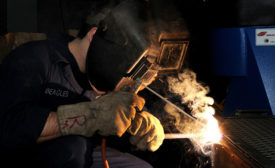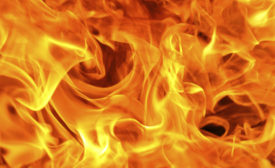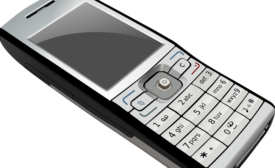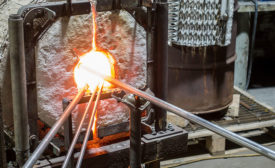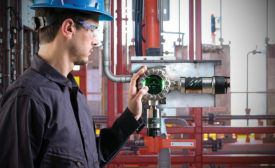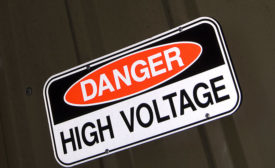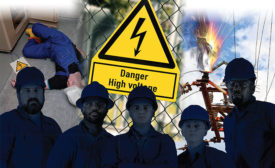Risk Management
Digital Edition Exclusive
For Your Health & Wellness: Do cell phones pose a health hazard?
October 2, 2019
Digital Edition Exclusive
A Personal Story of Human Errors
Remember: You can’t change the human condition
October 2, 2019
If left unmaintained, combustion systems can be catastrophic
Hidden in plain sight…
October 1, 2019
On human performance & culture
Don’t focus on frailties; don’t mandate culture
October 1, 2019
NFPA 70E’s focus on preventing human error
All about human performance, error precursors & risk
October 1, 2019
Never miss the latest news and trends driving the safety industry
eNewsletter | Website | eMagazine
JOIN TODAYCopyright ©2024. All Rights Reserved BNP Media.
Design, CMS, Hosting & Web Development :: ePublishing
